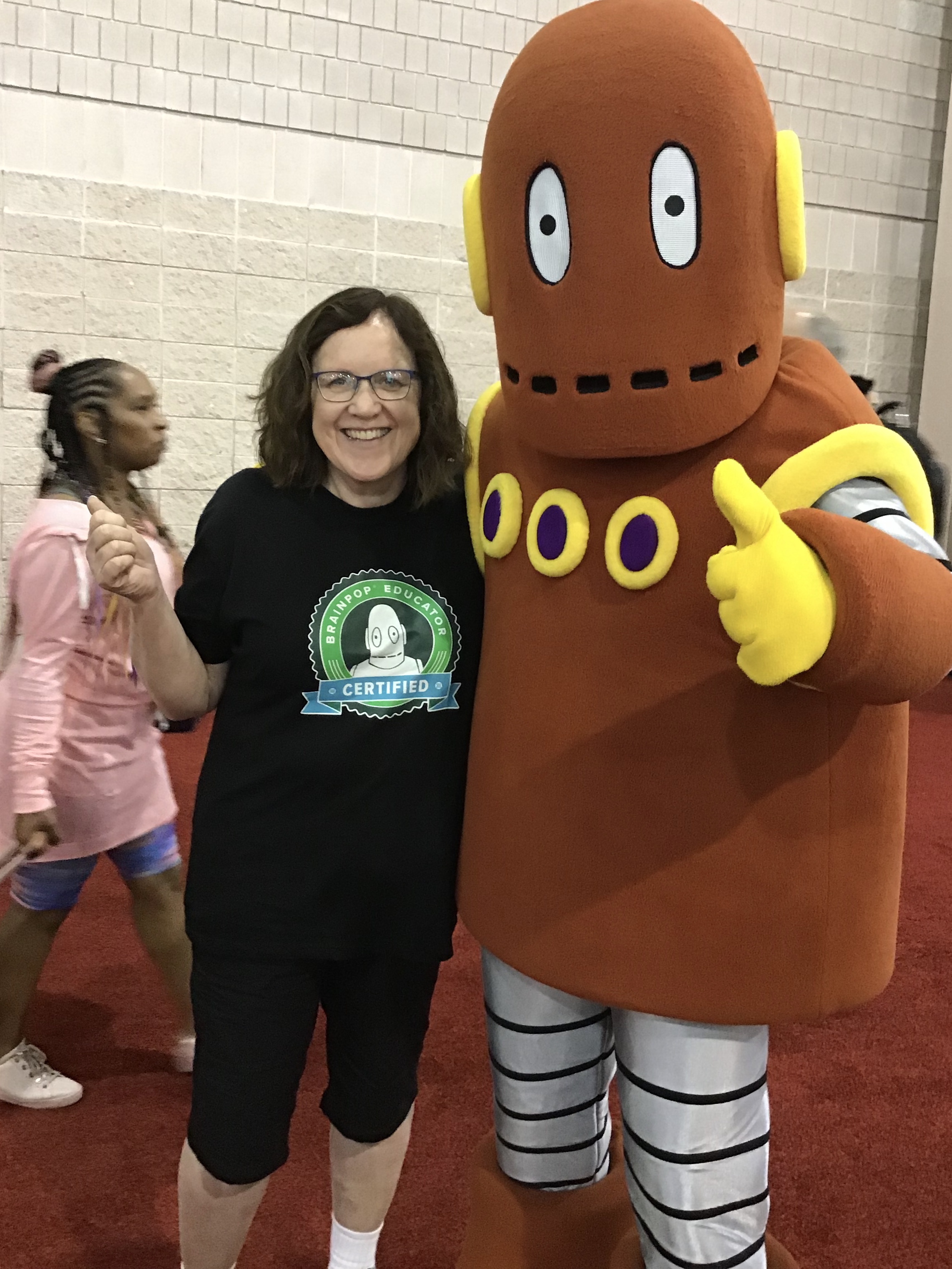

Experiencing a Fun, Equitable 'Tiny House' Project for Home and Remote Learning |
Explore and create : Creation lab
Ellen Harp
What makes a structure a home? Attendees learn about the "tiny house" movement, discuss ways in which disadvantaged surroundings can inhibit remote learners and construct their own shoebox model using only repurposed/recycled materials. If time permits, furnishings, electricity and other utilities will be added. No prior experience necessary.
| Audience: | Curriculum/district specialists, Principals/head teachers, Teachers |
| Skill level: | Beginner |
| Attendee devices: | Devices useful |
| Attendee device specification: | Smartphone: Android, iOS, Windows Laptop: Chromebook, Mac, PC Tablet: Android, iOS, Windows |
| Participant accounts, software and other materials: | None needed. Everything will be web-based with no needed downloads. |
| Topic: | Innovation in early childhood/elementary |
| Grade level: | PK-12 |
| Subject area: | Career and technical education, STEM/STEAM |
| ISTE Standards: | For Education Leaders: Equity and Citizenship Advocate
Learner
|
Challenge:
1) Unmet Needs
Our school has a large multicultural student population with over 60 languages and cultures represented. The school is located one street over from the border of the City of Rochester; the existing staff is not as diverse as the community is. One of the objectives of this presentation is to show that by using technology intentionally, learning can take place despite racial and socioeconomic differences. Digital inequities can be unearthed and addressed.
Participants will examine Rochester housing maps and covenants to find evidence of redlining.
2) Technology intervention
The author will present several parts of the solution including Zoom, Schoology and SeeSaw and how each part allowed new ways of teaching and learning during school closure. Distribution of iPads and hotspots discussed.
Free internet application.
3) Models employed
Zoom norms and scheduling; Schoology for middle school Technology Education asynchronous assignments; SeeSaw for elementary Technology
4) Instructional strategies: SeeSaw lessons and hybrid calendar
5) Evidence of success: Participants will view short videos of completed projects
Content
In the grand scheme of Technology Education, we are always discussing "Needs vs. Wants" so we will begin with a short group call-out on a posted list "Things I Can't Live Without"
1) Learning about the "Tiny House" movement; participants will "enter" the IKEA Tiny House virtually and list observations about creative design and multipurpose use of space (10 minutes).
2) Participants will post comments on SeeSaw activity, observing and asking questions (5 minutes)
3) Introduce the shoe box design challenge and repurposed supplies including MakeDo tools for cutting cardboard and plastic copier sheets for windows (5 minutes)
4) Pass out rubric and supplies; allow time for quiet building (10 minutes)
Extension: Attendees may electrify the tiny house with LEDs, wires and batteries. Discussion of how utilities enter the house.
5) "Design review"- what did you try and how did it work?
6) Cost estimation of existing tiny houses - "The Price is Right" game
https://thetinyhouse.org/#:~:text=The%20Tiny%20House%20Project%20is,survival%20is%20wrong%20and%20inhumane
Tiny Houses are being built as shelters for those in need.
History of redlining in Rochester
https://www.landmarksociety.org/wp-content/uploads/2019/05/ShaneWiegand_Redlining-Segregation_web.pdf

Mrs. Harp is an graduate of Carnegie Mellon University with a degree in Electrical Engineering. Her industrial expertise centers on designing large, computer-controlled machines that run in the dark. She now teaches Technology Education and "Creativity in Design" in the Rochester NY area where her students believe she can talk directly to robots.